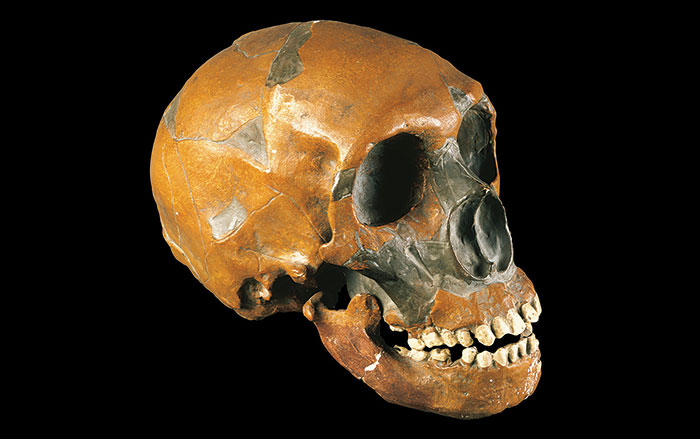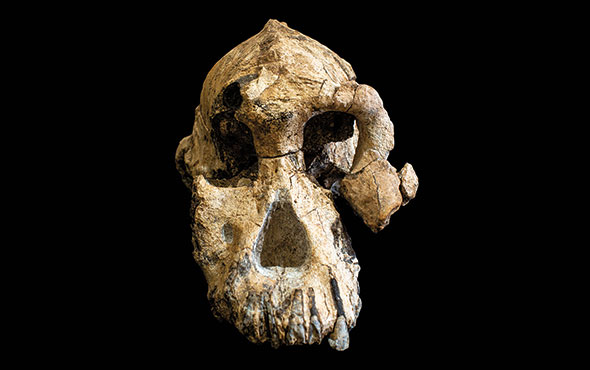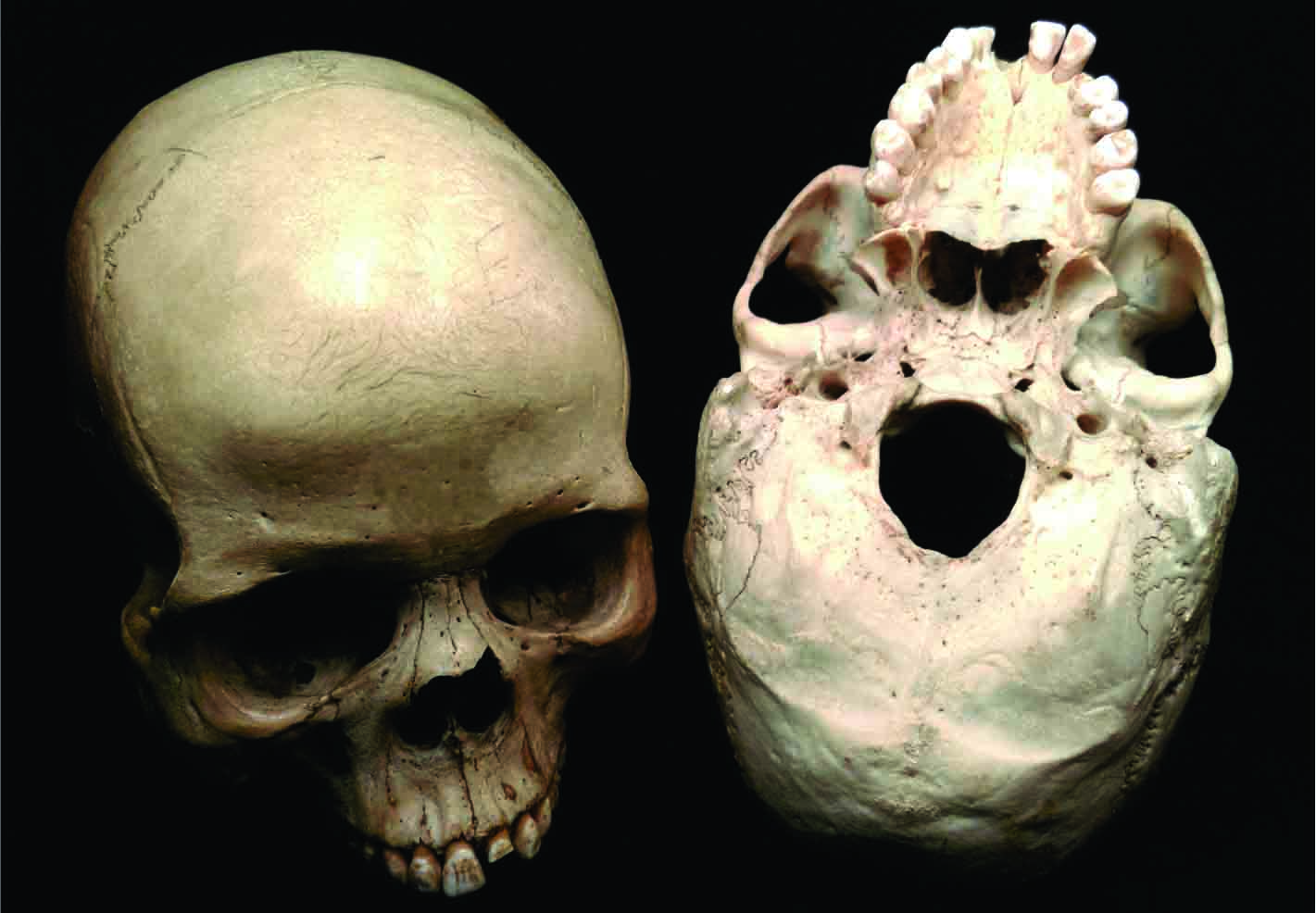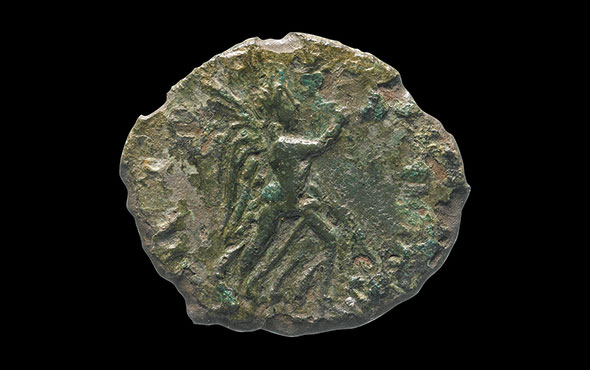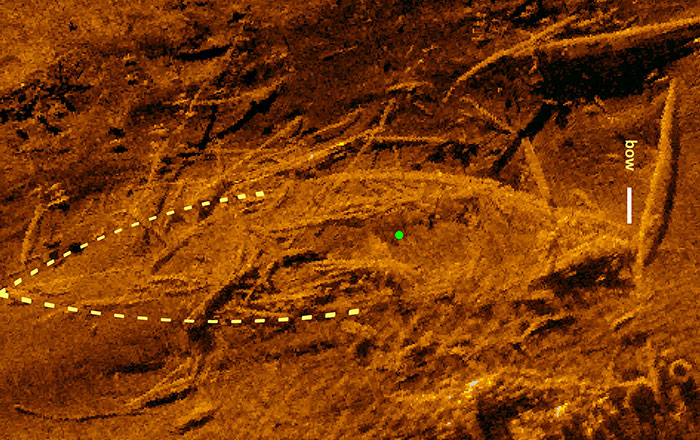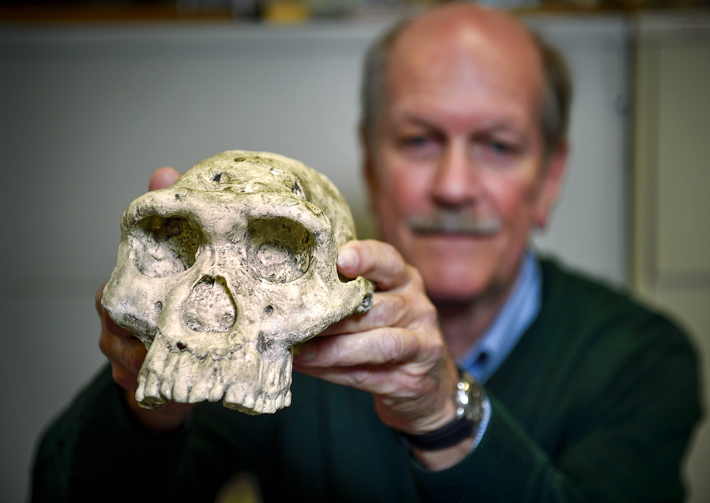
DENTON, TEXAS—The University of North Texas announced that an international team of scientists including archaeologist and geologist Reid Ferring developed a way to identify a species of creatures that lived more than one million years ago by analyzing proteins extracted from fossils. Ferring explained that proteins can survive in fossilized collagen from tendons, ligaments, skin, bone, and teeth for a longer period of time than DNA, which is limited to about 200,000 years. To test the process, scientists extracted protein from a 1.7-million-year-old rhinoceros tooth found under a 20-foot layer of volcanic ash at the Dmanisi site in the country of Georgia, and determined it belonged to a Stephanorhinus, an extinct type of rhino. The team members were also able to fit this individual into the modern rhino’s evolutionary line. Such information could help scientists identify evolutionary links between early hominins and modern humans, Ferring explained. For more on protein analysis, go to "Proteins Solve a Hominin Puzzle."


